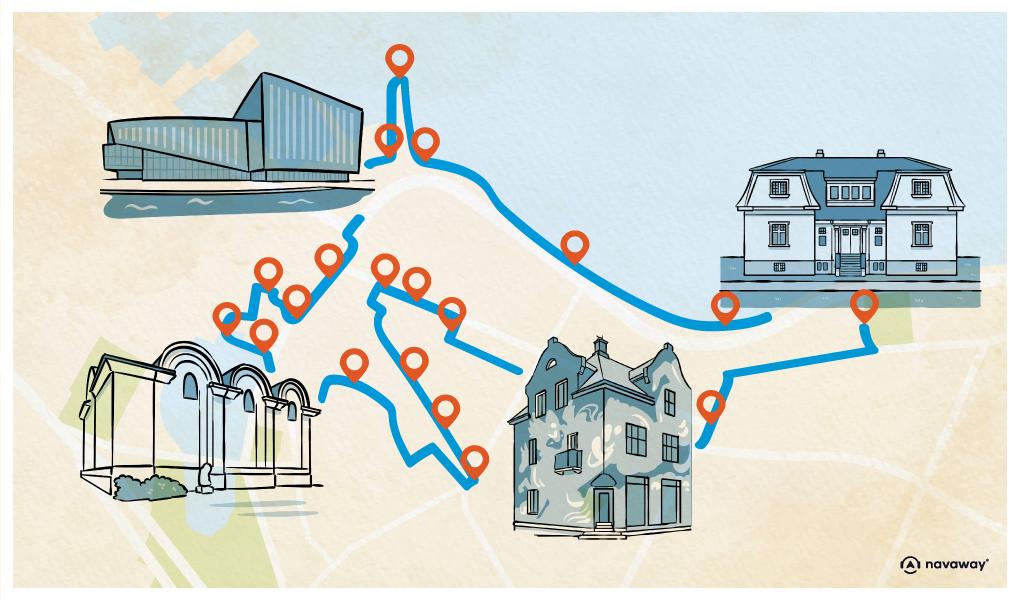
Höfði House
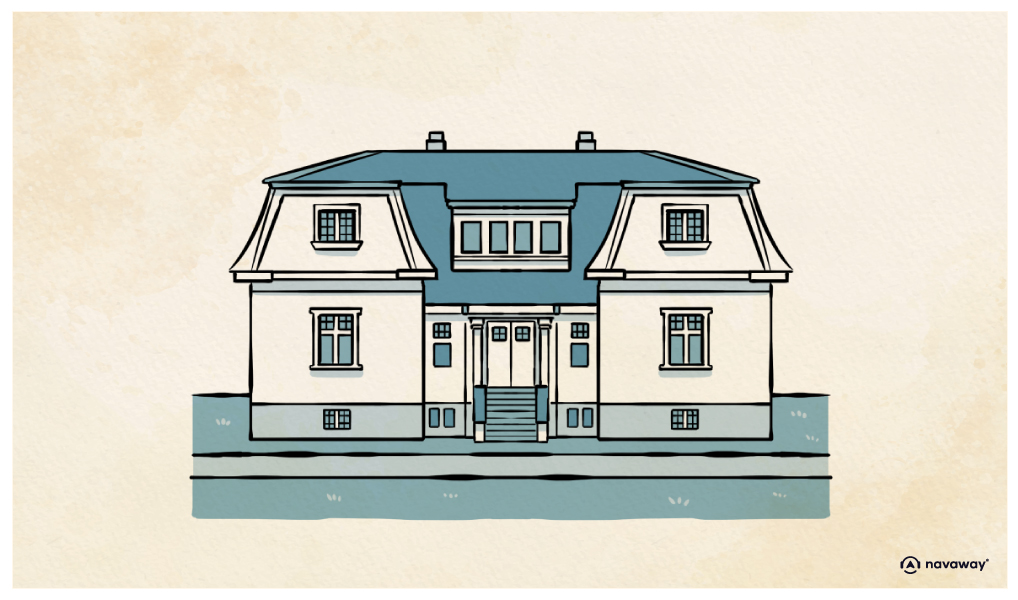
This point of interest is available as audio on the tour: Visit Reykjavik, The Smoky Bay
You don’t always need to make a big splash to grab attention. Just look at Höfði House – its shape is classic, its color is as simple as can be, yet it captures our interest. There it stands, with its back to the ocean, accessible to everyone and almost tiny in that huge patch of green lawn surrounding it. The more you look at it, the more suspicious it becomes! But beyond appearances, this well-maintained residence is actually one of Iceland’s most famous landmarks. Prefabricated in Norway, then shipped and assembled in Reykjavik in 1909, the white building was initially intended to house the island’s first French consul, Jean-Paul Brillouin. From a political residence, it then became the “cocoon” of poet and businessman Einar Benediktsson for 12 years. If his name doesn’t ring a bell, you can at least see him as a statue to the right of the house. After the municipality bought it and turned it into a conference center, Höfði House found itself in the global spotlight just a few years later. In 1986, it hosted the Reykjavik Summit, where US President Reagan and Soviet General Secretary Gorbachev met. This was right in the middle of the Cold War with the two “superpowers” facing off. This meeting was supposed to lead to a possible ban on ballistic missiles. Unfortunately, negotiations between the two sides ended in failure. Despite this inconclusive result, some believe this meeting still helped bring about the end of the conflict. Repaired without too much damage after a fire in 2009, Höfði House can be approached at best, but cannot be visited. A local legend, acknowledged by the Ministry of Foreign Affairs, suggests that the building is haunted by the spirit of a young woman who either committed suicide or drowned in the area. Enough to discourage any desire to break in.


Discover Reykjavik with app
An interactive guide through the most beautiful streets, squares, and districts
20 fun audioguides full of historical facts, anecdotes, and legends
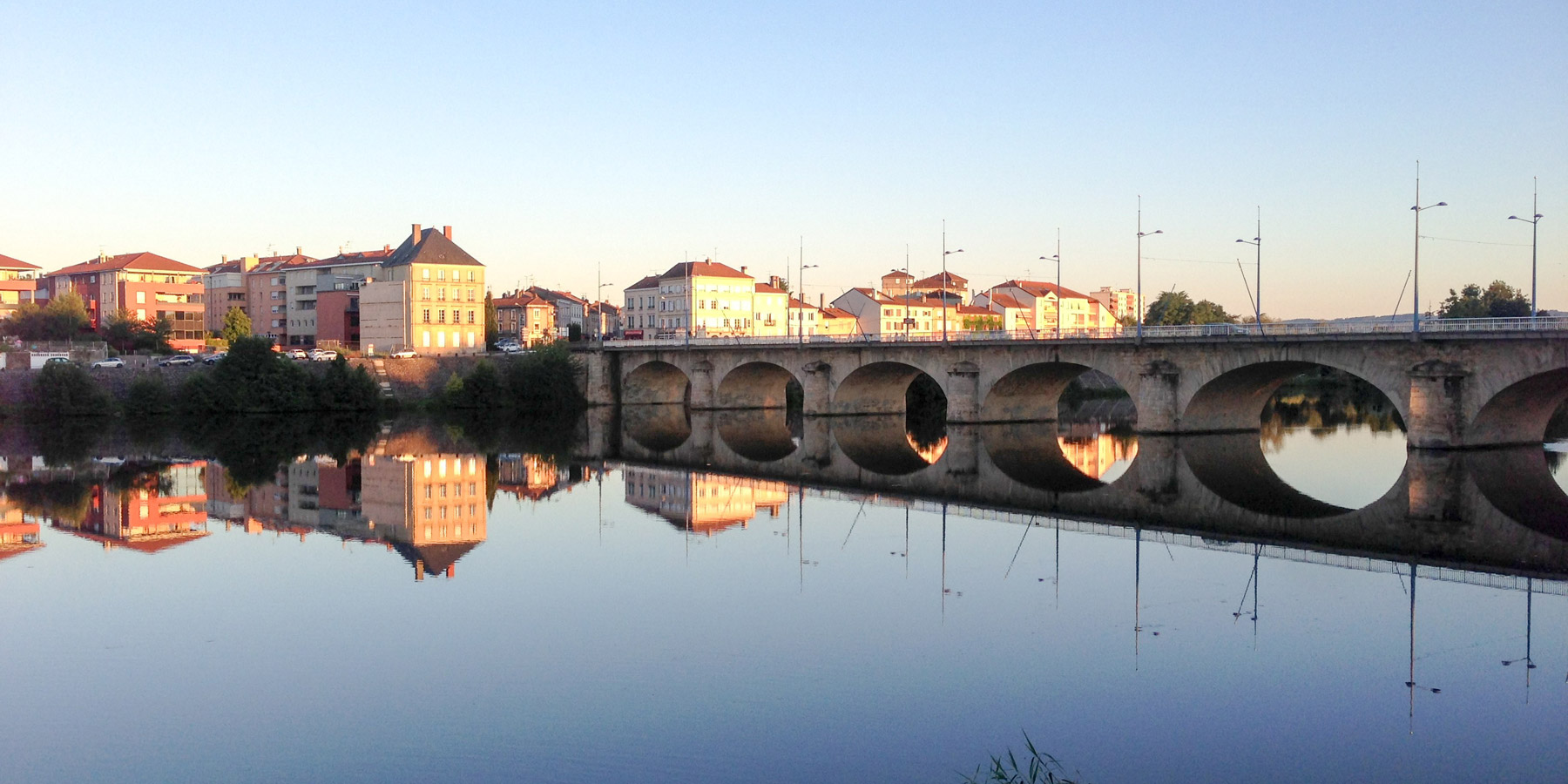
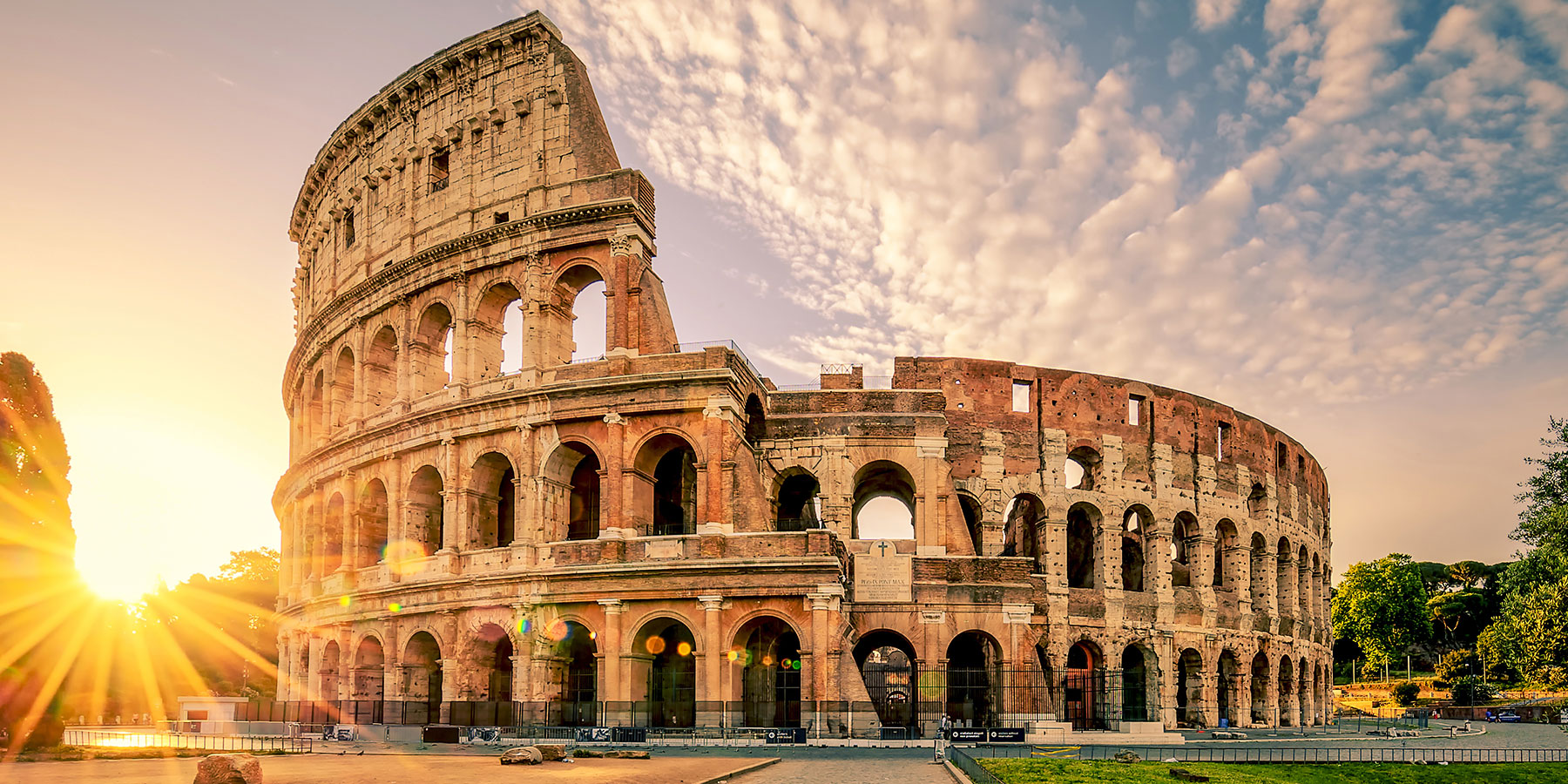
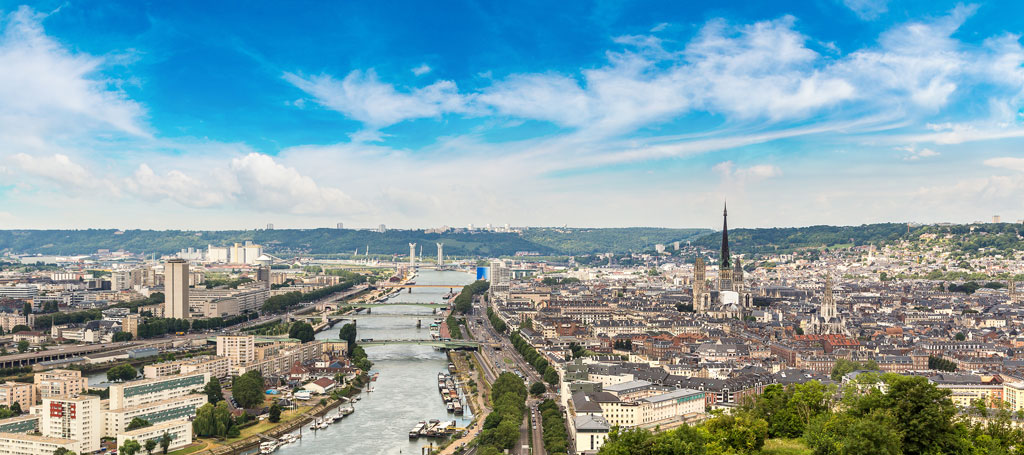
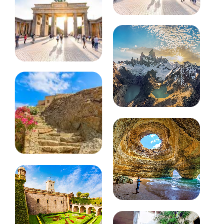

Comments